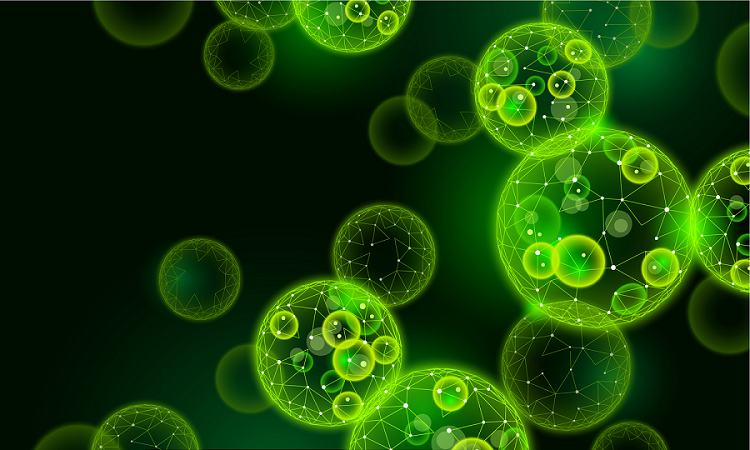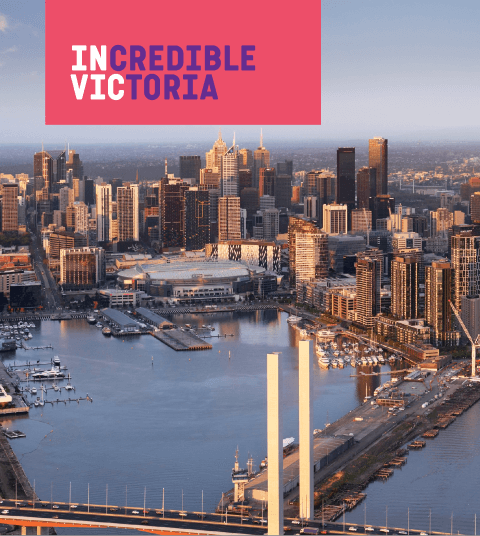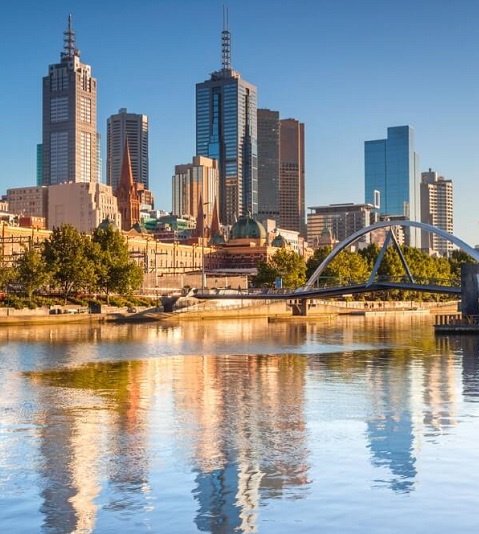In another milestone for our world class tertiary sector, Monash University has discovered a breakthrough method of creating hydrogen and methane gases from microalgae.

A team from Monash University’s Department of Chemical Engineering, IITB-Monash Research Academy Mumbai, and The Indian Institute of Technology’s Department of Chemical Engineering have developed a “reactive flash volatilisation” method.
This uses temperatures between 550-650°C and steam as a gasifying agent.
Associate Professor Akshat Tanksale from Monash University, a co-author of the work, published in Journal of Cleaner Production, said “Hydrogen and methane are clean sources of fuel and green chemical synthesis only if they are produced from renewable resources.
“At present, 96% of hydrogen and all methane is produced using non-renewable resources.
“Microalgae as a feedstock is attractive due to its high carbon dioxide fixation efficiency, growth rate, photosynthetic efficiency, ability to grow in brackish water – like rivers and lakes – and the ability to cultivate it on land not suitable for agriculture.
“Water and renewable electricity integration with microalgae harvesting can bring down the costs and increase the sustainability of hydrogen production from this process,” Associate Professor Akshat Tanksale said.
Microalgae has many uses, with various strains believed to hold untapped potential in areas including creating biofuel, pharmaceutical and food manufacturing.
This latest discovery is a further boost for Victoria’s strong credentials in clean energy, including hydrogen.
Contact us to explore opportunities for collaborating with our world class universities.




